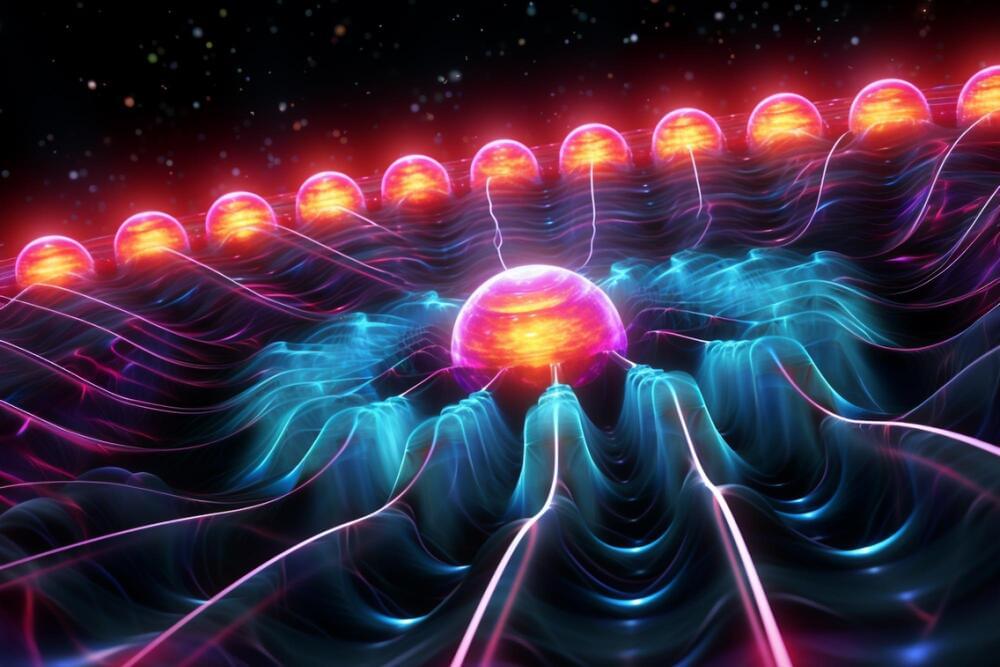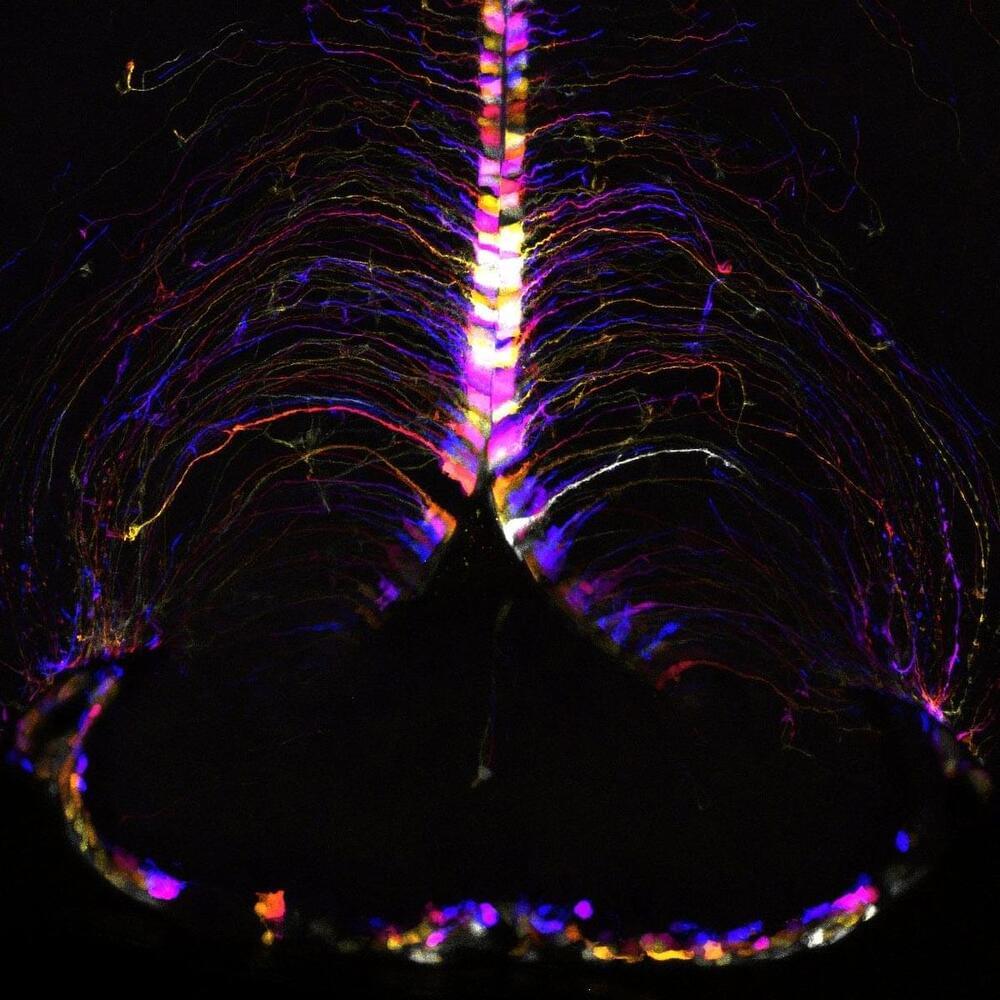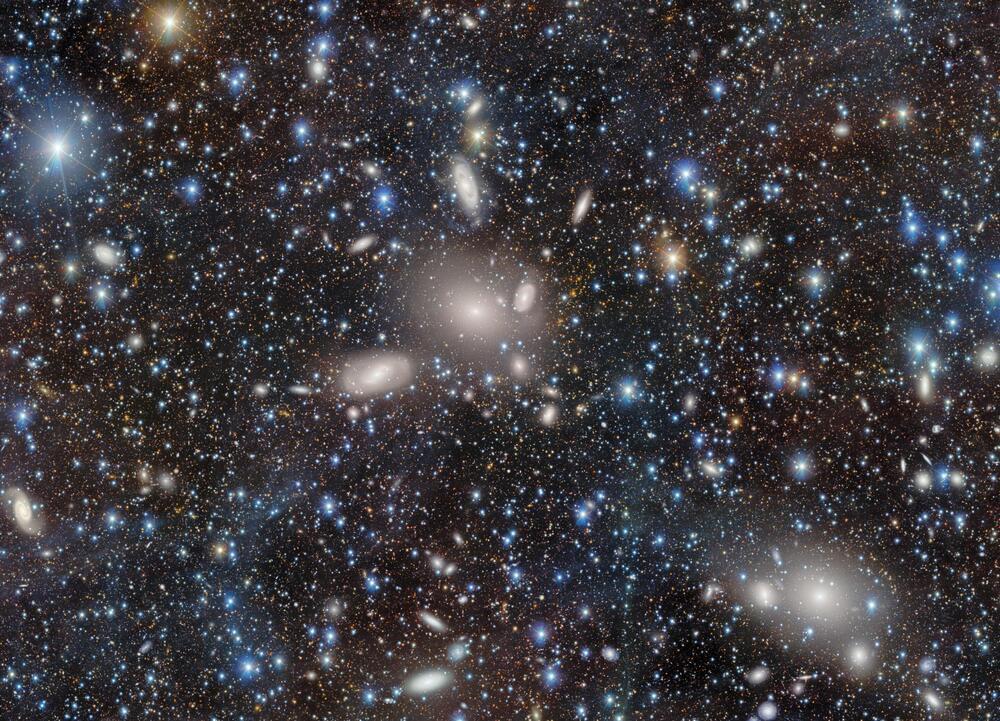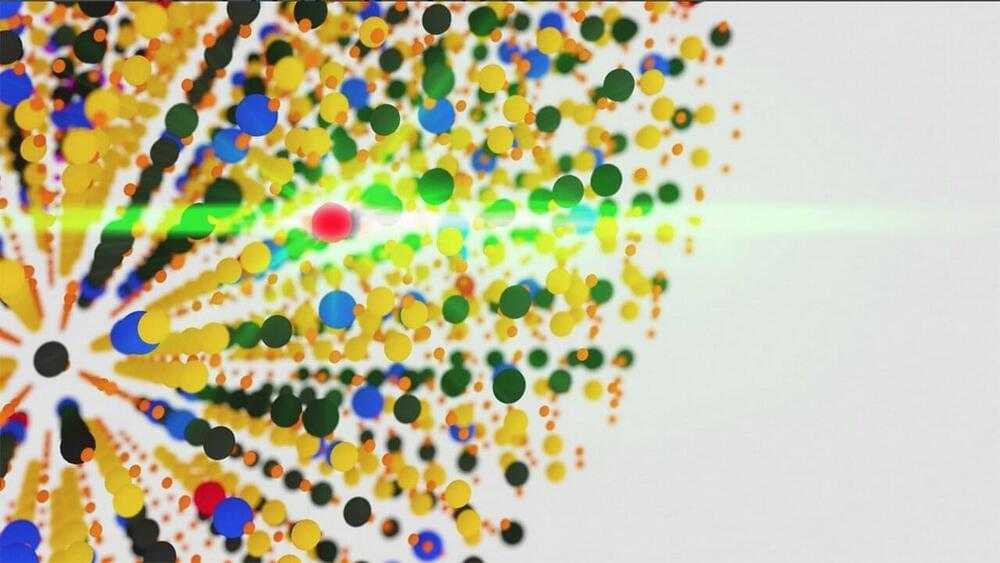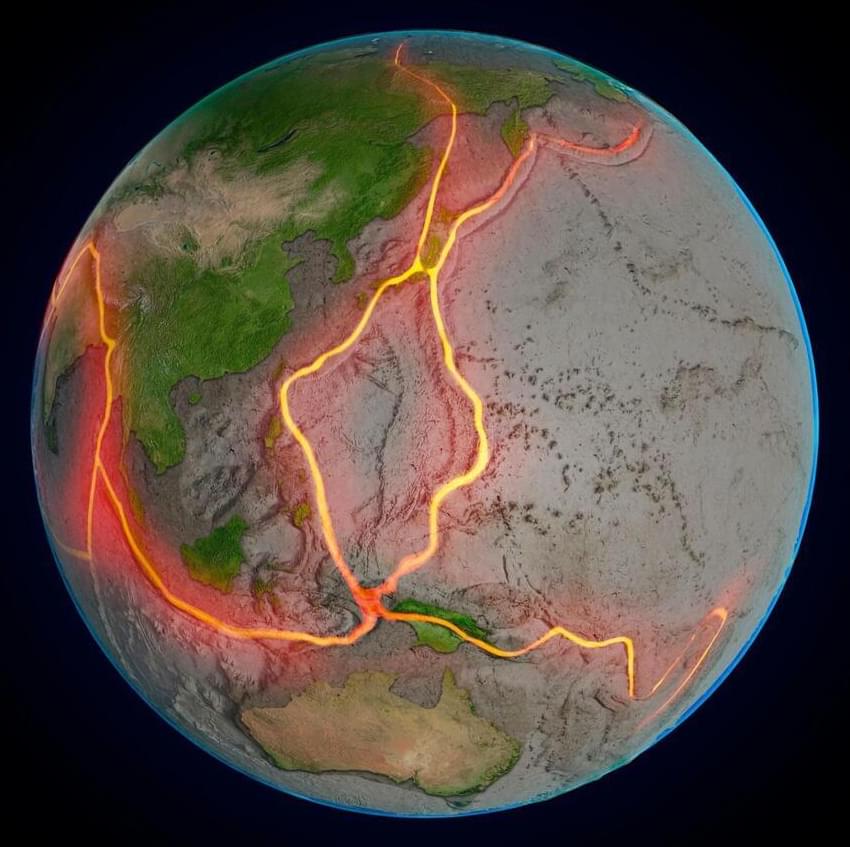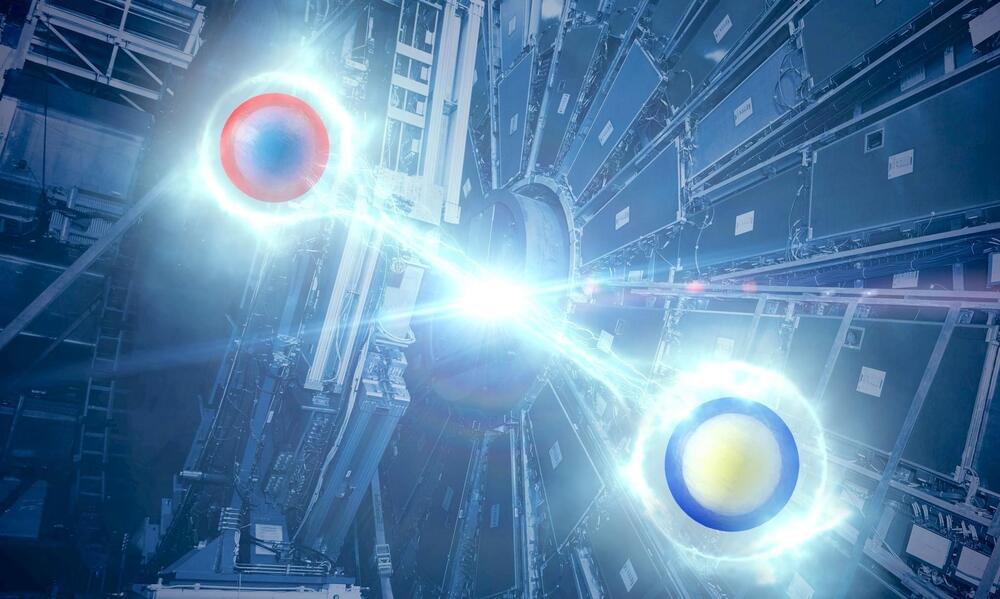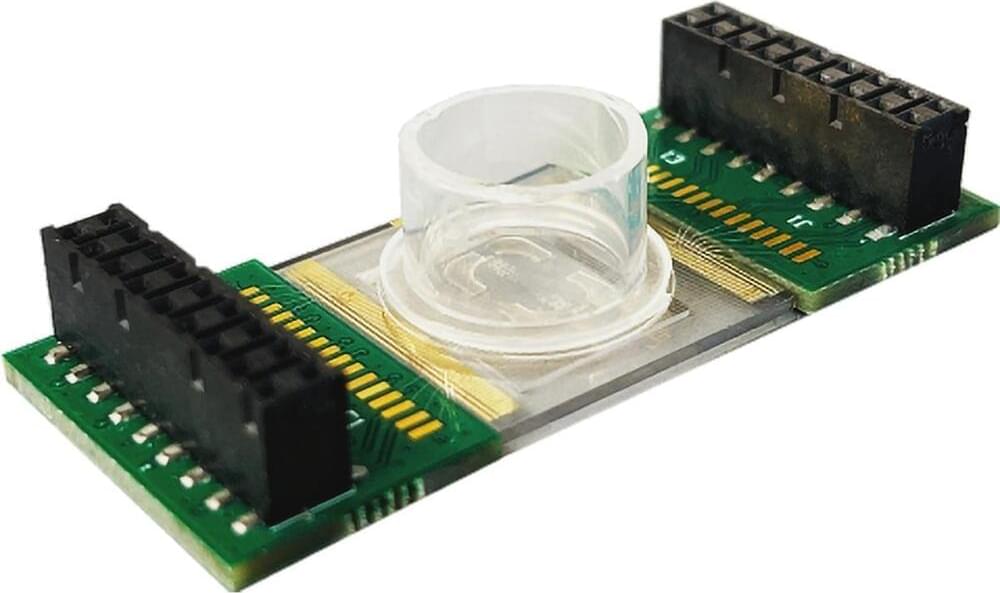Jan 2, 2025
How SpaceX Became the World’s Most Valuable Private Company
Posted by Chris Smedley in categories: business, Elon Musk, internet, space travel
How Elon Musk turned failure into $350 billion. Use code NEWSTHINK at http://nordpass.com/newsthink to get a FREE 3-month NordPass Business trial. No credit card required.
I highly recommend Walter Isaacson’s biography of Elon Musk: https://www.amazon.com/Elon-Musk-Walt?tag=lifeboatfound-20…
Continue reading “How SpaceX Became the World’s Most Valuable Private Company” »

